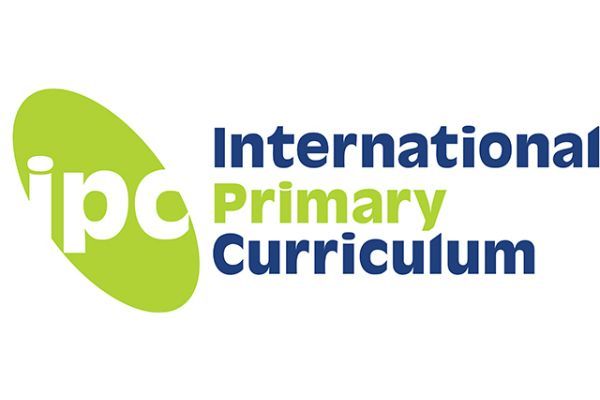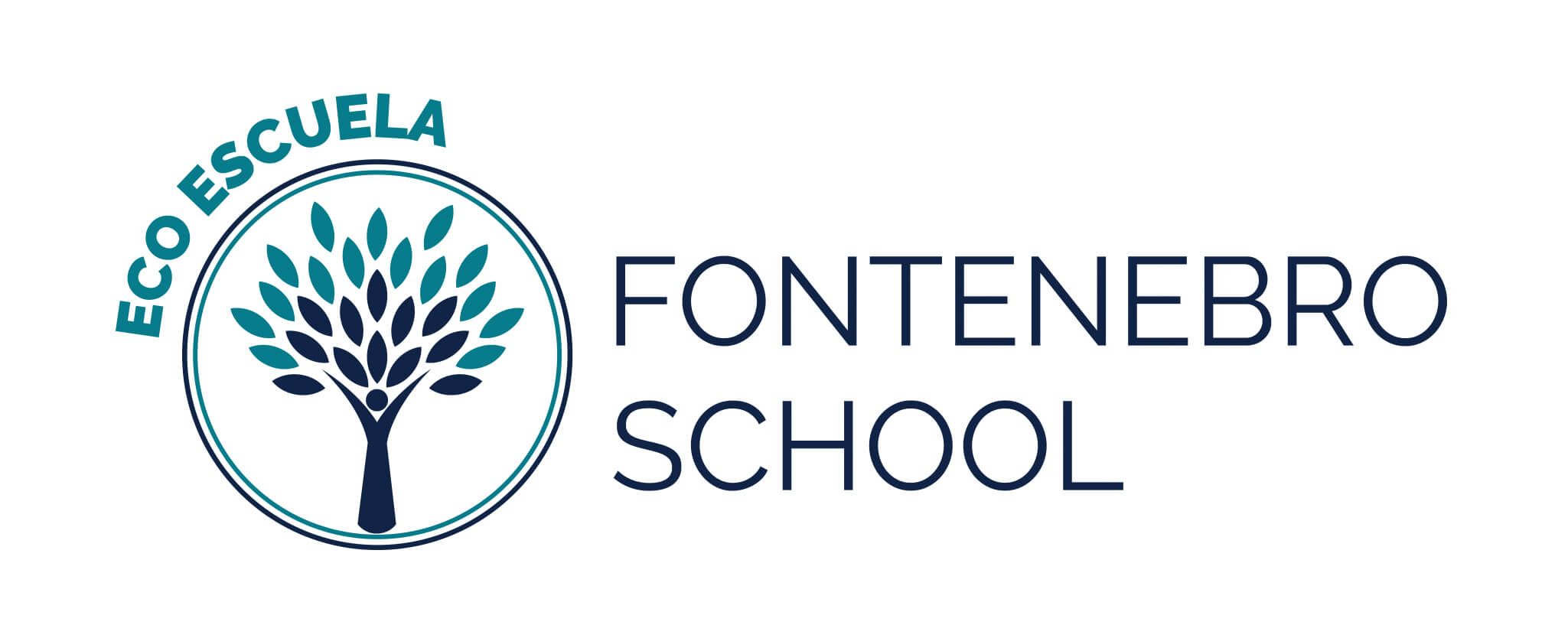THERE IS NO BETTER WAY TO LEARN SCIENCE THAN EXPERIENCING IT
In the subject of Biology and Geology we place great emphasis on our 1st ESO students attending the laboratory once a week. During these sessions, students become true scientists, they learn what the scientific method is and how it is carried out, they put theoretical content into practice and discover how present science is in our daily lives.
On this occasion, we are studying the classification of living beings, specifically, we have focused on the wonderful world of fungi. Within the fungi are the yeasts, which we use in processes as simple as in the preparation of bread. Yeasts carry out an anaerobic process called alcoholic fermentation, transforming sugar into alcohol and carbon dioxide.
To understand this process, the 1st ESO students have used sugar, yeast and warm water as reagents, essential components for fermentation to occur. Guiding us by the scientific method, in every experiment there must be a “control” group, that is, one that allows knowing the feasibility and validity of an experiment.
In our case, the “control group” was the mixture between water and yeast. It was our control because we knew that without sugar the fermentation would not occur. To create anaerobic conditions we capped the flasks (which contained the reagent mixtures) with balloons. The students were able to observe that only the balloon of the “experimental group” was inflated, since, as it contained all the elements necessary for the fermentation process, the resulting carbon dioxide would inflate the balloon, which did not happen in the other flask. .
Laboratory practices are a crucial element in science subjects, since with them our students understand the contents and the importance of generating true and verifiable results when carrying out scientific experiments.
Ana Jiménez
Secondary Biology and Geology Teacher

















![BAPParentLogo[5]](https://fontenebroschool.com/wp-content/uploads/2020/09/BAPParentLogo5.png)


